Congratulations, you made it through the holidays. Perhaps you’re feeling a little overwhelmed with your recent choices. Ready to move forward? Pull out your Traffic Lights list of “green, yellow, and red-light” foods. Now is the perfect time to create a plan to make over your kitchen.
That includes getting rid of the four containers of mint chocolate chip ice cream you forgot you had stashed for emergencies. The fruitcake your aunt brought over and left behind. Bags of chips you bought on sale. Holiday leftovers well-meaning guests insisted you keep. If they’re on your “red-light” list, it’s time to say goodbye.
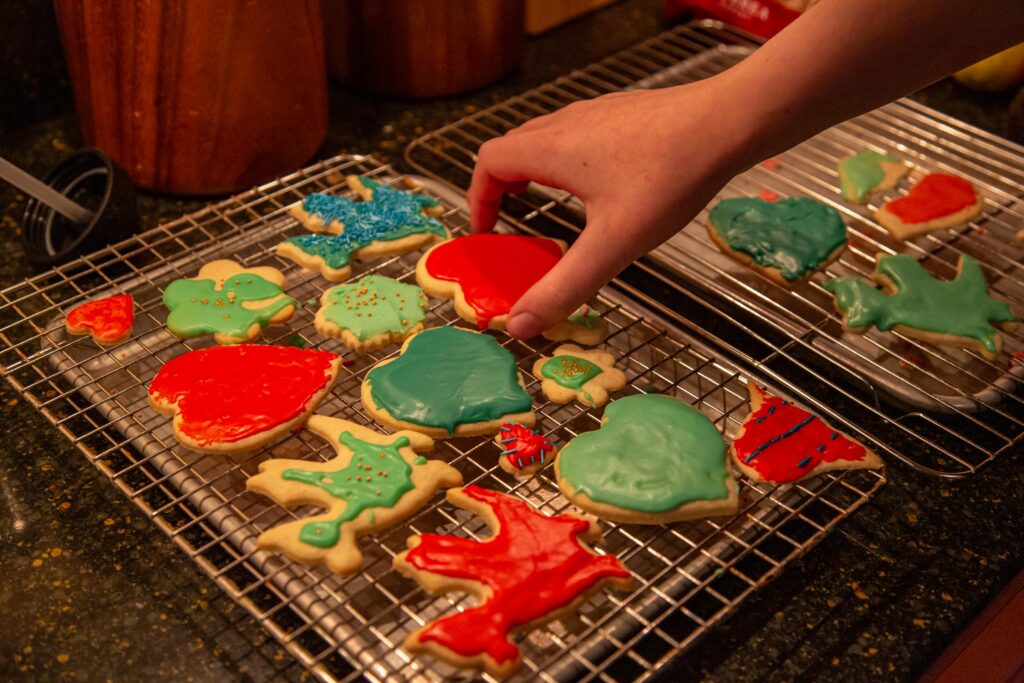
Make Over Your Kitchen: Get Started
The first step to getting a handle on your kitchen is to choose a small area to start with, especially if you get easily overwhelmed. Since we’re talking about edibles rather than dishes and cutlery, perhaps a good place to start is the pantry. The freezer. The refrigerator. The Lazy Susan. A shelf.
Whatever you choose to overhaul, pull everything out of the designated space. Everything. Scrub the area to signal to yourself that you’re starting over. Then go through every item and keep what supports you. Toss what does not.
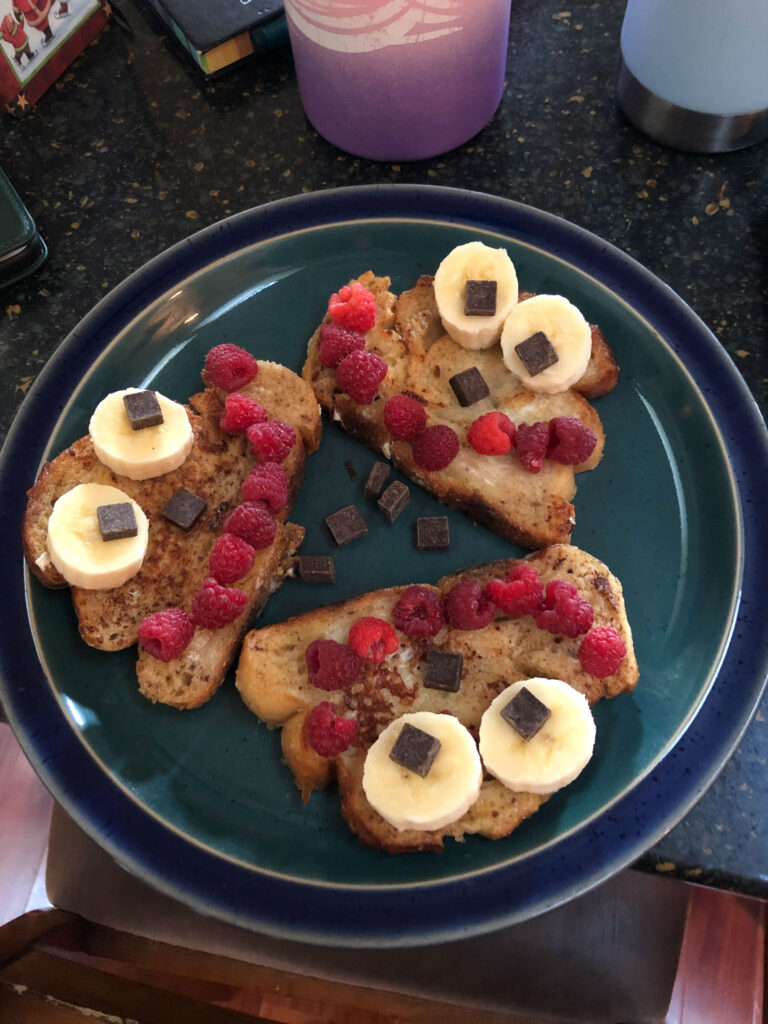
What to Look For
Sometimes looking at a pile of stuff feels overwhelming. Next week, what if you need something you just got rid of? The following suggestions are things you’ll be better off without:
Foods Past Their Expiration Dates
The first time I got my daughter to help me, she found foods that had expired five or six years earlier. Ewwww. Food labels have expiration dates for a reason; you don’t want your food to make you sick. Toss them out.
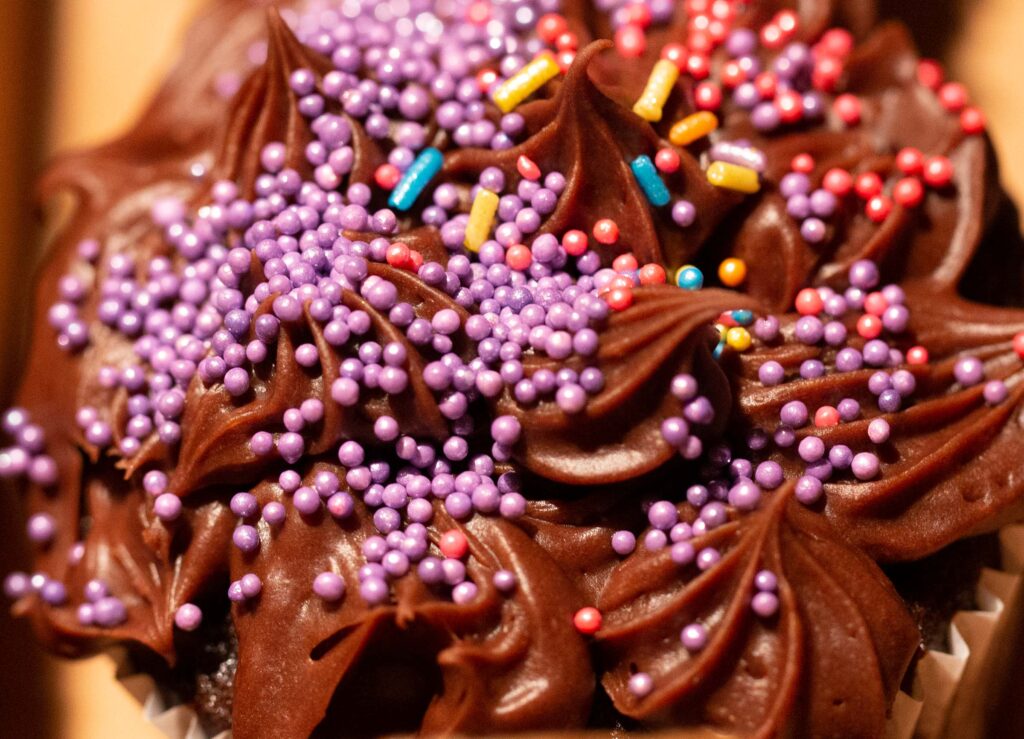
Junk Food
We all have different definitions of what is green, yellow, or red-light food, but the following foods have no place in a healthy kitchen. The more food has been processed, the fewer nutrients it has. Remember that anything you have in your house is going to get eaten by you or a loved one unless you give it away or throw it out. These include:
- Chips and Crackers
- Candy and Chocolate
- Sweetened drinks, including any with artificial sweeteners
- Alcohol and mixers
- Instant foods
- Processed fats
- Frozen dinners
Manufacturer Labels
Become a savvy consumer. Learn how to read food labels. If any of your remaining foods contain high fructose corn syrup, any form of sugar, hydrogenated oil, fractioned oil, or preservatives you cannot pronounce as one of the first three ingredients, get rid of it. If any foods in your “toss” bag are still edible and have any redeeming nutritional value, consider donating them to a local food pantry.

Red-Light Items
Anything that leaves you feeling sick, powerless, or craving more has no business in your kitchen. This gets tricky if you have multiple members of your household who can all eat different things. If it helps, add a label for who gets what, then stick to it, so you can be sure you’re not digging into that bag of chips at oh-dark-thirty when you know it will give you heartburn in a few hours.
Make Over Your Kitchen: How to Restock
Now that you have cleared your shelves, what can you eat? It’s time to make a list. Write down the foods from your “Green-light” list.
See if you can plan three meals’ worth first — one day — so you don’t panic.
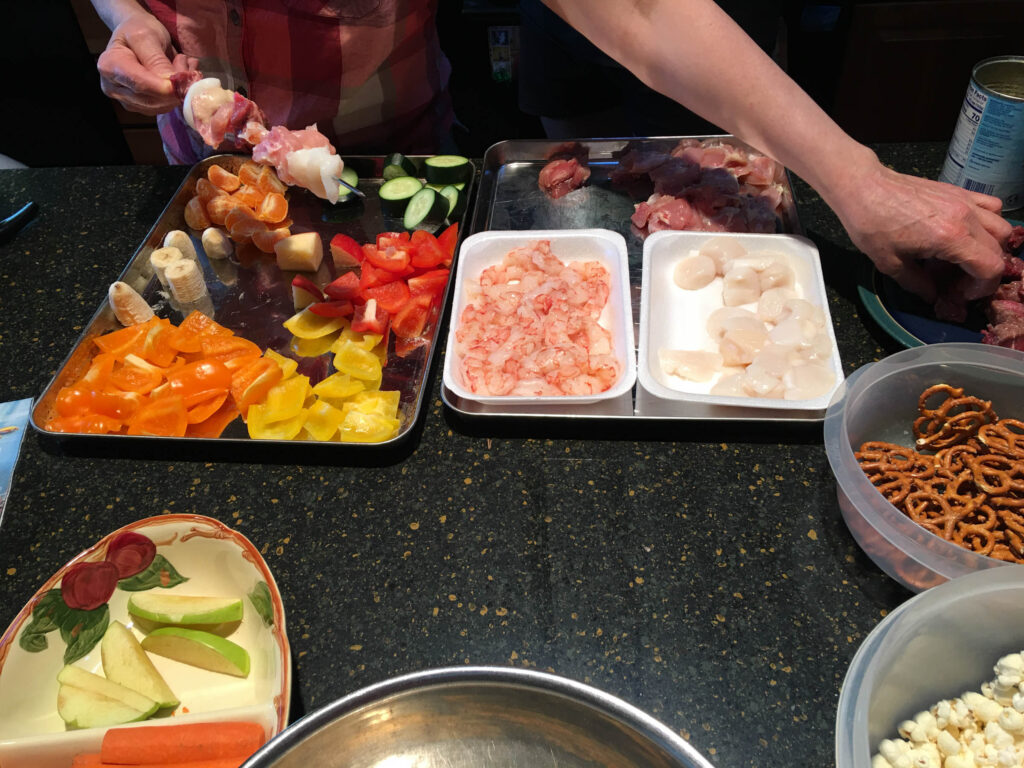
Next, Precision Nutrition recommends that you start by choosing any three foods from the following categories and add them to your list – fresh or frozen doesn’t matter at this point:
- Vegetables
- Fruits
- Lean proteins
- Nuts/seeds
- Whole grains (oats, quinoa, wild rice, brown rice, sprouted grain bread, amaranth, etc.)
Additional Guidelines
Keep the ingredients real. Choose whole foods over processed (an apple beats apple juice or packaged applesauce any day). Single-ingredient foods when possible. The fewer ingredients the better.
Add seasonal, organic, and local food items.
Avoid foods with “health benefits” labels like “fat-free”, “low-fat,” and “good for you.” An apple doesn’t need any such artificial labels.
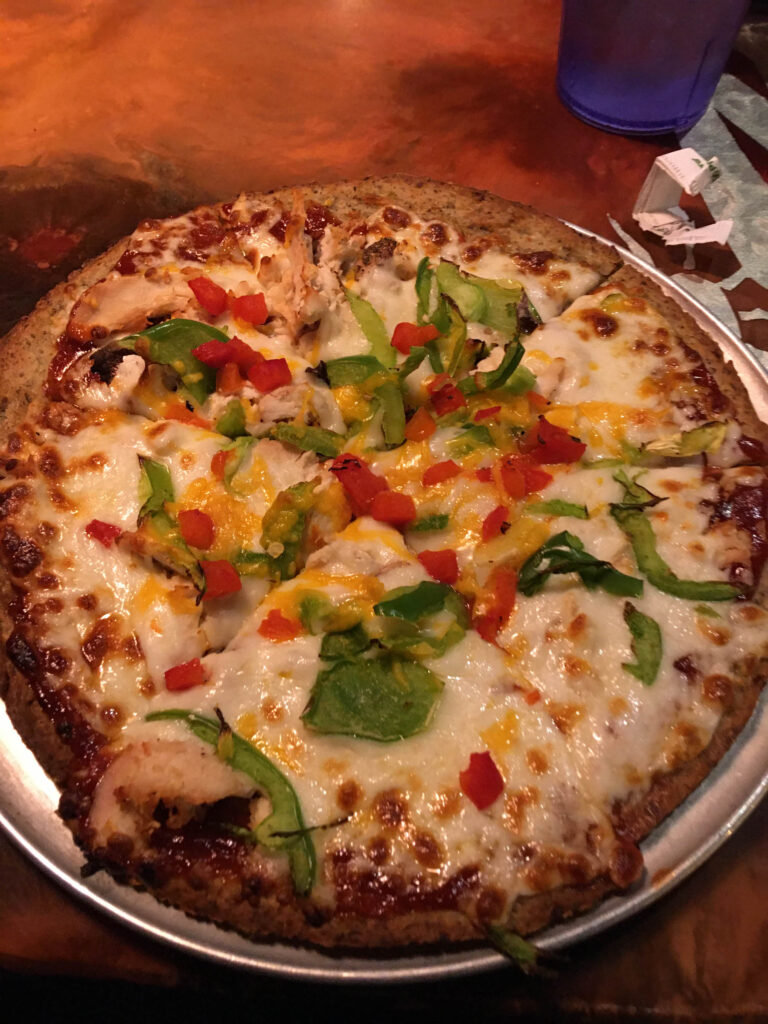
Where to Go From Here
Once you have completely restocked your kitchen with good choices, you have a few remaining responsibilities:
- Enjoy the choices you’ve made
- Be vigilant about shopping – don’t go grocery shopping when you are “hangry” as those foods you just tossed out might sneak back into your shopping cart
- Explore new recipes, flavors, and combinations by befriending the spice drawer
- Cut, dice, chop, and prepare fruits and vegetables so they truly are “ready to eat.” There’s nothing worse than setting a good intention and finding out your crisper has become a rotter.
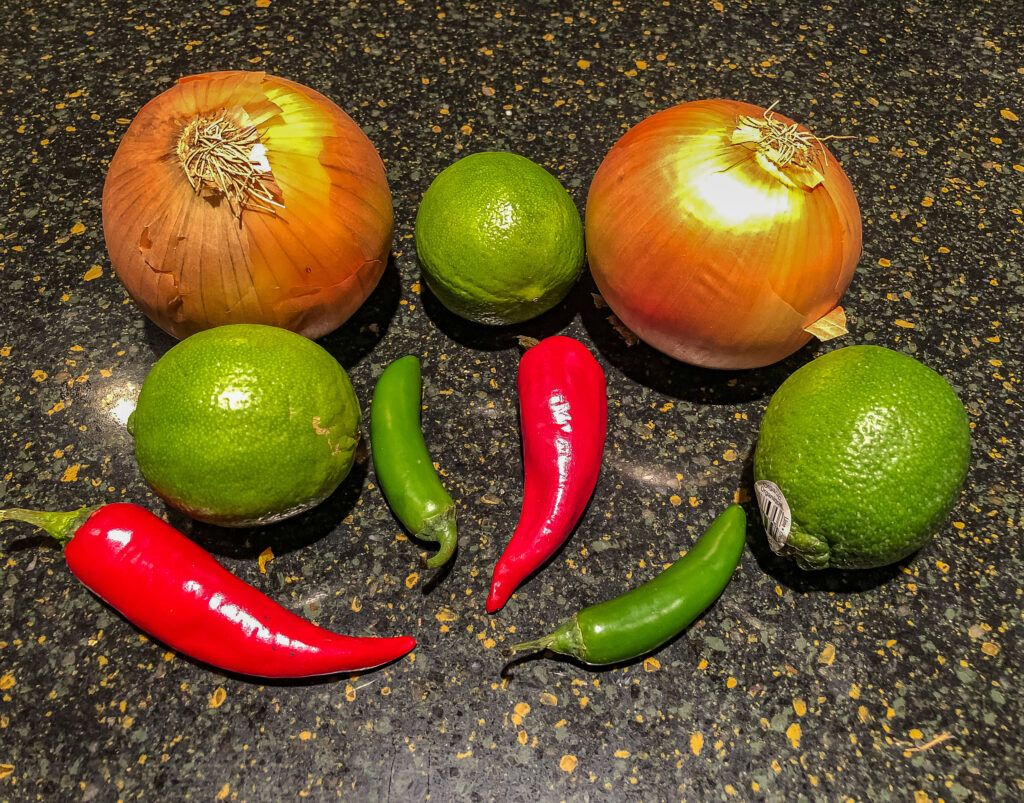
And remember, every day you have new choices to make. By shaping your environment — not bringing trigger foods into the car, purse, gym bag or kitchen — you help yourself make healthier choices the next time you’re hungry.
Do you have any post-holiday tips for readers? Consider commenting below. We love hearing from our readers!


Useful article. Probably the most problematic is finding the optimal solution to eating junk foods. Finding a local donation food pantry would be a good idea (but I guess it’s not always easy to find).
Thanks for the comment, Lucie. Yes, donating to a local food pantry iS a great idea, as can donating to little free pantries around the community, or to homeless people in need of food. In Seattle where I live, LFPs and homeless are very easy to find. Churches sometimes collect food as well. Where there’s a will, there’s a way.
Great article. Love starting small. It is often the key. Keeping the good eating habits can be a challenge with other people around who love junk food and pop. 😳
I tried to stop eating chocolate and sugar ( which is almost impossible) but I am getting there. I only have one chocolate over Christmas. Sugar, not totally eliminated but I have cut down substantially.
I need to eat more greens here. I also don’t have much bread. I feel much better.
I also need to do some decluttering in my kitchen. Thanks for the reminder.
Love your photos.😍
Thanks for the comment, Silvie-Marie! Yes, giving up chocolate and sugar is extremely challenging. Congratulations on trying to reduce consumption. Good luck on your kitchen project. For a good week after finishing our pantry I felt so much calmer going in there and being able to find exactly what I wanted when I needed it. It makes making a shopping list and going grocery shopping so much easier if you can see exactly what you have!